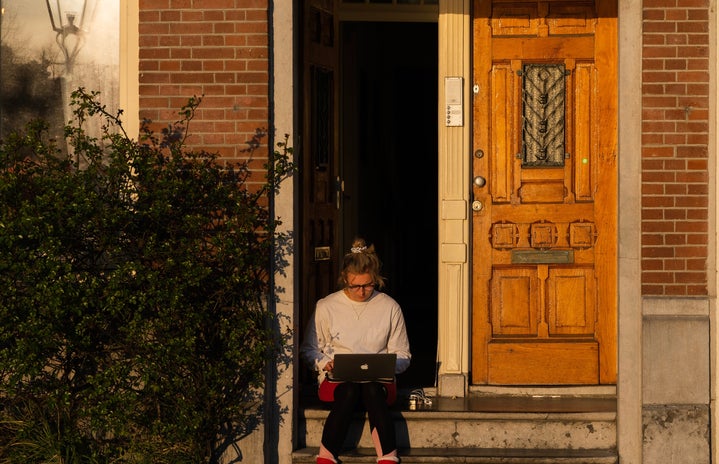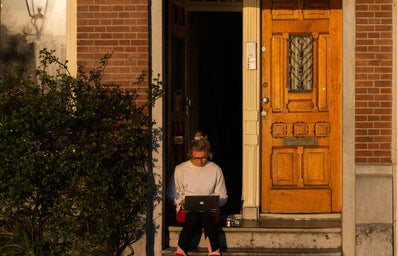Renters living in the Phoenix metro area are struggling to afford housing as the cost of rent increases and affordable options dwindle in the city.
According to the 2020 U.S. census, Phoenix is one of the fastest growing cities in the U.S., which has only escalated the current housing crisis. Macrotrends.net states that Phoenix’s current metro area population is around 4.6 million, which is a 1.48% increase from 2021.
In the past 10 years, Phoenix has gained just over one million residents, creating an intense need for more housing options. The majority of these housing options come in the form of apartments or multi-family homes, as roughly 44% of domestic properties in the Phoenix area are occupied by renters.
Mark Stapp, an Arizona State University professor and director of ASU’s Center for Real Estate Theory and Practice has observed this crisis emerge in real-time.
“It’s really a simple matter of supply and demand,” Stapp said.
The U.S. is currently facing the most abrupt inflation in the last 40 years, resulting in cost increases over 10 percent. The intense issue of supply and demand for affordable housing in Phoenix has only escalated inflation rates, creating the perfect storm for Phoenix’s housing crisis.
“In terms of major metropolitan areas, we lead the nation in inflation,” Stapp said. “The rental rate increases have made the inflation in metro Phoenix especially high.”
Many people living in Phoenix simply cannot afford these emerging rent increases. According to payscale.com, Phoenix’s median income is just under $32,000; while the cost of living in the city is $50,000.
“Surprisingly to most people, Phoenix is one of the least affordable communities,” Stapp said. “It’s got an affordability problem.”
With the increase in population and rent, residents are forced to find ways to combat housing insecurity on their own, which proves difficult for low-income renters. The Phoenix Rescue mission states, “on any given day there are more than 9,000 men, women and children struggling through various stages of homelessness in the Valley.”
“Besides water, I think our number one issue is housing, because it manifests itself in homelessness,” Stapp said. “So, if we want to solve the homeless issue that we have, we’ve got to be able to solve the housing issue.”
This is a complex issue, and will likely require a complicated solution. According to Stapp, responsibility falls upon state, city and county legislators to write policy and tweak zoning laws in order to mediate the problem.
“We need political elected officials to come together to create a policy that is responsible, that is rational and supported by all communities,” Stapp said.
According to Ashlee Tziganuk, a research analyst at ASU’s Morrison Institute, the zoning laws in the Phoenix metro area add another layer of difficulty to an already challenging situation.
“It’s not that [the zoning laws] are failing,” Tziganuk said in an interview with the State Press. “It’s just that these systems are not set up in a way that’s conducive to building affordable housing.”
Despite stating that this issue falls mainly on the shoulders of elected officials, Stapp recognizes the need for community members to be aware of the issues affecting them.
“It’s on us to recognize that we have the ability to vote for people that support policies that help solve the problem, and pay attention to those things,” Stapp said. “[This crisis] will cause problems for the entire community at a certain point.”


